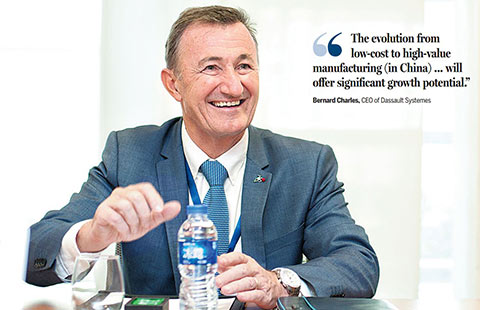China central bank's monetary management improved: report
BEIJING - China central bank's expansion this year of two medium-term lending facilities has improved its monetary management, said a report from Moody's.
The move allowed the People's Bank of China (PBOC), China's central bank, to fine-tune its liquidity provision at an operational level without interfering with the government's broad monetary direction, said the report.
"Given their longer tenors, the medium-term lending facility (MLF) and pledged supplementary lending (PSL) allow the PBOC to communicate a longer term view on its liquidity provision, which increases predictability for market participants, including the banks," said Yulia Wan, a Moody's assistant vice president and analyst.
"This development is in line with a visible decline in interbank repo rate volatility since mid-2017, when the central bank made a clear shift to the one-year MLF from three or six months," said Wan.
The central bank increasingly relies on open-market operations,including MLF and PSL tools, for liquidity rather than cuts in interest rates or reserve requirement ratios.
The PBOC said 498 billion yuan was added via the MLF to keep interbank liquidity stable in October. The funds will mature in one year at an interest rate of 3.2 percent.
The injection brings total outstanding MLF loans to 4.4 trillion yuan at the end of October.
The MLF tool was introduced in 2014 to help commercial and policy banks maintain liquidity by allowing them to borrow from the central bank using securities as collateral.
Last month, the central bank injected 38.4 billion yuan of funds through the PSL, a tool designed to help the central bank target longer-term rates, to the China Development Bank, Agricultural Development Bank of China and the Export-Import Bank of China.
The PBOC's open market operations are closely watched by the market, as they have become major tools for the central bank in pursuing its monetary policy.
China set the tone of its 2017 monetary policy as prudent and neutral, keeping appropriate liquidity levels but avoiding excessive liquidity injections.



















